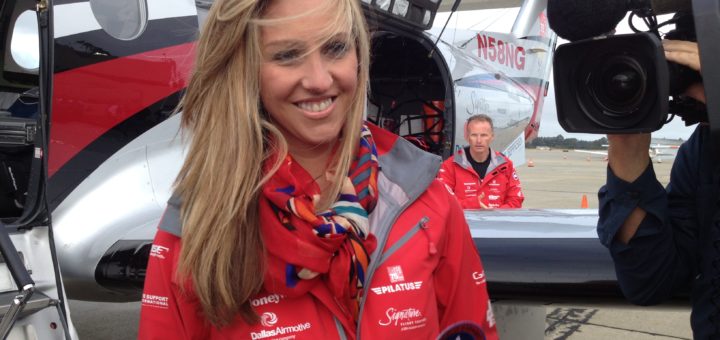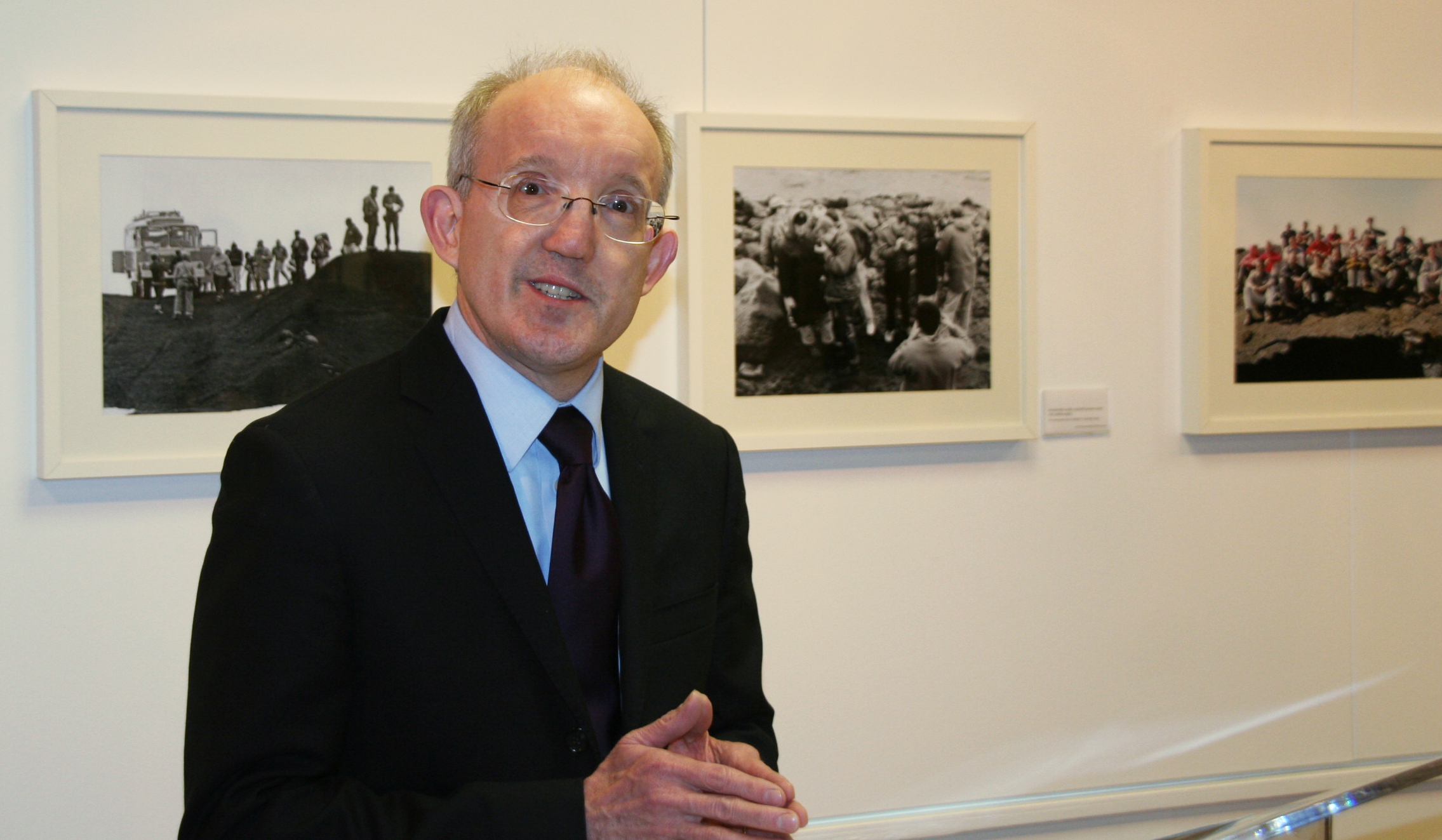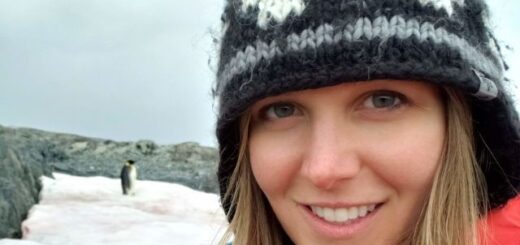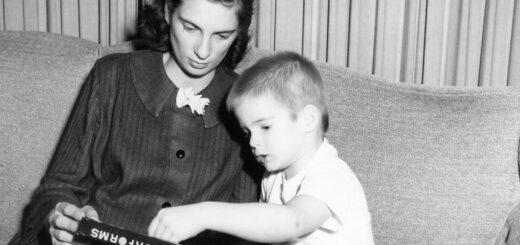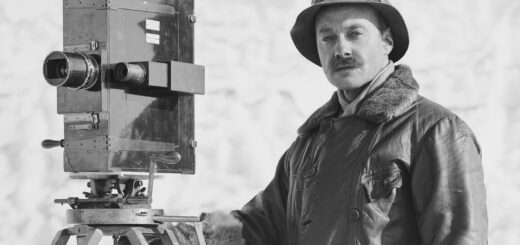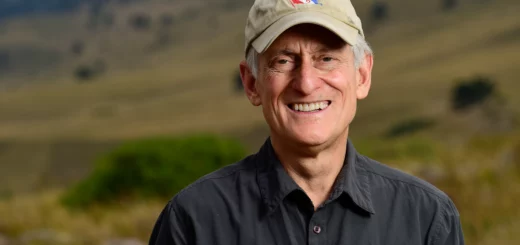Amelia Rose Earhart joins board of The Exploration Museum
Aviatrix, adventurer, around the world pilot and a great friend of the Exploration Museum, Amelia Rose Earhart, has joined the board of the Exploration Museum. She joins the board of our new US based...
